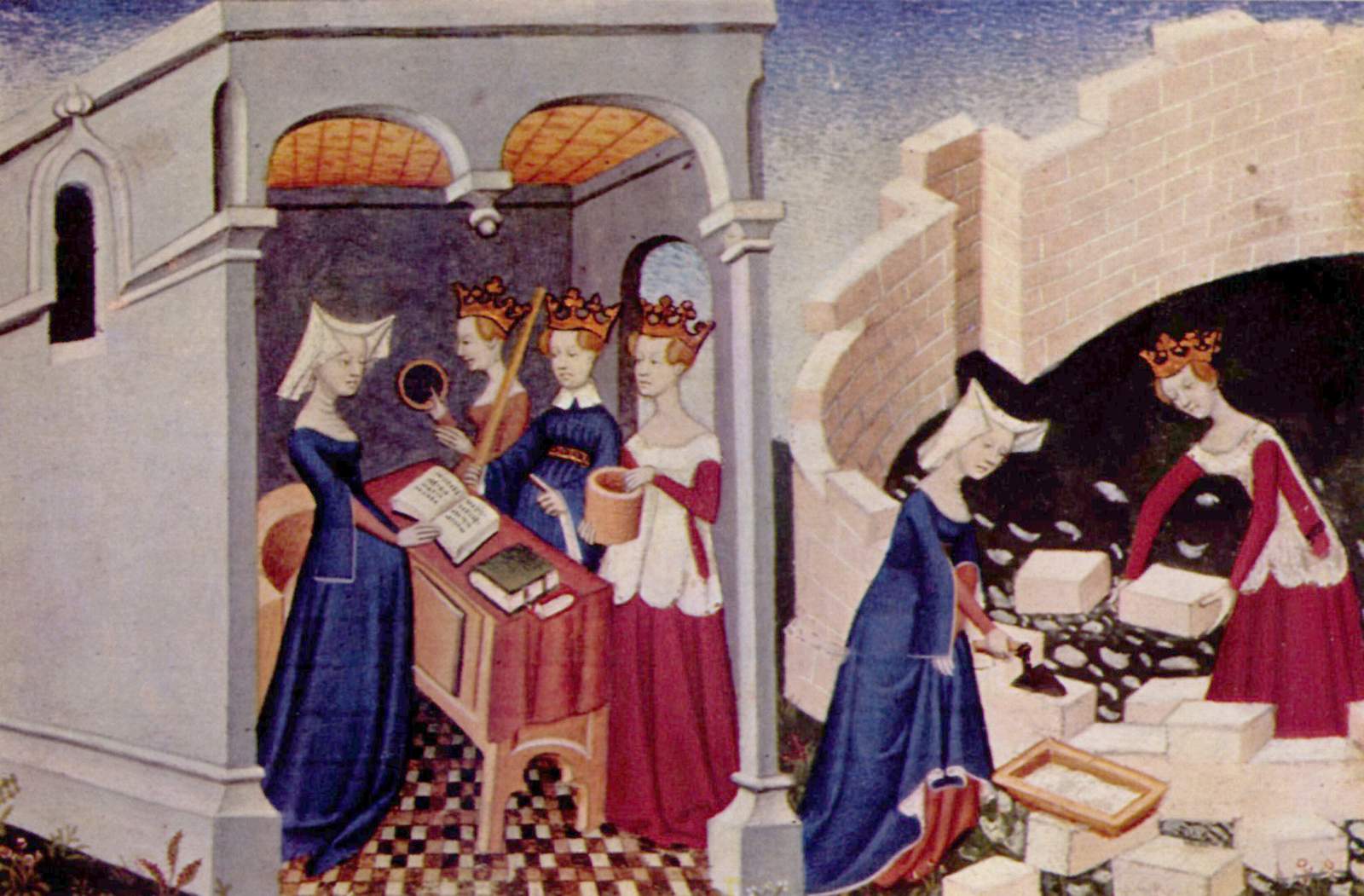3.4. Imagining better worlds

3.4. Imaging better worlds
Building more sustainable societies requires the ability to imagine and create alternatives to the prevailing situation. The significance of imagination has been highlighted, for example, in the fields of feminist research, literary and art research and futures studies. In futures studies, it is thought, for example, that valuable knowledge on the shape of our futures can be produced by contemplating future scenarios. In recent years, imagination has been emphasised more in social sciences and, for example, sociologist Ruth Levitas has considered the significance of developing utopia on a sustainable future. Educationist Veli-Matti Värri also considers the ability to imagine an essential goal towards which education should aim for during the environmental crisis.
Imagination and creativity are fundamental skills which everybody has. They can be supported and developed in different ways. Hobbies related to arts and culture are the most well-known ways of developing imagination and creativity. Here, we use the word ‘culture’ to refer to cultural products and productions, such as literature, movies, TV series, music and theatre, performance art, dance and visual arts. The performances, stories and images produced by art, literature and media not only reflect the reality that surrounds us but also produce it. Therefore, art and different cultural products may affect wider cultural values and world views. According to research, they can also increase the ability to empathise, i.e., to put oneself in the position of others. It has even been suggested that literature and creative practices may open windows to the experiences of non-human creatures. There is also empirical evidence on the practicality of art and literature as part of empathy education. However, it must be kept in mind that art or literature do not automatically help one to put themselves in the positions of others. Instead, empathy education also requires thought-out pedagogical tools and practices.
In the age of environmental crises and sustainability transformation, one task for arts and culture is to produce a cultural transformation: through different practices of art and culture, individuals and communities can learn to challenge established conceptions and expectations and to imagine and create new meanings and practices. Next, we will discuss different stories and visual culture as well as their connections to the sustainability transformation and the concepts of good life.
On myths and stories
Values and world views that are important to a community have always been expressed and boosted by various stories, images and rituals. Creation myths typically relate the nature of life and humans and how different beings are placed in the order of things, while other mythical stories may elaborate on the workings of gods and nature as well as the varying roles of humans in communities. According to cultural anthropologists and historians, the role of myths has often been to create and support the central values and the culture of a community. An essential part of this role is setting moral rules and the limits and aims of good life. Fairy tales and other folk tales have also had their part in creating and supporting the values and cultures of communities.
Over the modern era, fictional stories have diverged more heavily into their own cultural area, but they can still be considered to function in a manner typical for myths and fairy tales. The mainstream of fiction reflects and repeats cultural norms and assumptions while a smaller strains of narratives attempt to challenge and reimagine the mainstream from different perspectives.
All stories, both fictional and fact-based, present some kinds of assumptions of the world and the relationships between its creatures. Fictional stories present imagined worlds and events, while stories based on fact interpret and organise reality by foregrounding some aspects of it and hiding others. The stories direct the attention, values, choices, and world views of people in many ways. When approaching stories critically (for example, in research dealing with narratives and culture, or as part of everyday media criticism), attention can be focused on questions such as: Who is narrating? Who is narrated about? What kinds of characters does the story include and what roles are they placed in? What kind of emotional reactions does the story evoke? Whose side does the story take? What is left outside the story?
Literature has produced a multitude of imagery that has influenced Western conceptions of nature. According to literary researcher Toni Lahtinen’s example (2012, 80), a pastoral landscape (typical of pastoral idylls) has at different times “represented a counterforce for an urban environment and given one form to those fears of loss that have been evoked in humans by the industrialisation and urbanisation of society”. Pristine wilderness was also idealised, especially in 19th century American literature, and protecting pristine nature has since become the fundamental mission of the modern environmental movement. These Romantic conceptions of nature were discussed in chapter 2.1.
Modern stories are often very anthropocentric, which influences cultural assumptions and expectations: when only humans are featured in the stories, the unspoken and normalised assumption is that everything interesting and worth telling only occurs between humans. Anthropocentric stories can also be considered to reflect anthropocentric ways of life: people who either live apart from other species or merely utilise them like resources neither tell nor want to hear stories depicting the lives and activities of other species. When repeating assumptions about the primary position of humans, anthropocentric stories support a world view where the existence and activity of humans mean more than those of other creatures. In this sense, all stories are also relevant to ecological environments, even when they do not directly mention other species or ecosystems.
Utopia and dystopia
Literature, theatre, film and other media productions always also express societal critique and produce alternatives for established systems and ways of life. This critique has been outlined by utilising, for example, the concepts of utopia and dystopia: utopian stories create desirable alternative worlds, whereas dystopian stories create undesirable ones. Stories often have both utopian and dystopian features.
The term ‘utopia’ was created by philosopher Thomas More, who discussed the ideal society in his work Utopia (1516). Full-fledged utopia have described imaginative ideal societies which are often isolated from other society, for example, on an island. Creating utopia was particularly popular in Western culture among 19th and 20th century socialist thinkers, and they have also been interpreted as criticism towards the prevailing social conditions. Similar criticism is also popular in classic dystopia of the time, in which the good life of the affluent segment of the population is fraudulent and based on the exploitation of lower social classes. Classic dystopias also deal with the decline of democracy, the risks of a technological society, and the power of communication. Often, as is the case in Aldous Huxley's novel Brave New World (1932) or the film Gattaca (1997) directed by Andrew Niccol, the imagined society initially seems like a utopia but is later revealed to be a dystopia. Such stories can be called both utopia and dystopia. The role of utopia and dystopia is then to offer food for thought on what kinds of societies we consider desirable or undesirable.

Dystopian stories are told more often than utopian stories. A great deal of current popular culture, such as TV series and movies, are dystopian. Some researchers are of the opinion that utopian thinking also guides dystopia, i.e., the attempt to imagine and build better worlds. For example, literary researcher Gerry Canavan gives the following explanation for the above-mentioned matter: whereas utopia offer us direct “flashes” of better worlds, dystopia work as an example of what utopia most certainly is not. Literary researchers Tom Moylan and Rafaela Baccolini have proposed that when dystopias take critical views on modern societies, they open possibilities for dissidence and political discussion.
Utopian literature and societal utopia research have regained popularity in the last decades. Ruth Levitas, who has conducted research on utopia, considers utopias as significant promoters of social change because they help us consider both the characteristics of desirable and undesirable societies and the notions of what it would be like to live and act in these types of societies. According to social scientist Keijo Lakkala, a utopia can be seen as a changing and developing approach to existing reality as opposed to a stagnant ideal of the “correct state” of society. Utopia-based imagination has also been practised on different sectors of society. For example, Helsinki-Uusimaa Regional Council, which directs decision-making on a regional level, has published a “Futures Book” (in Finnish) that presents utopian visions and the activist movement Elokapina has organised a competition on utopian writing.
Ecotopia
Ecological utopias, i.e., ecotopias, picture societies in which the activity of humans is ecologically sustainable and even increases the well-being of humans. The term, ecotopia, was created with Ernest Callenbach's novel Ecotopia (1975). Callenbach's novel introduces the West Coast (the states of California, Oregon and Washington) that has broken away from the United States and administrated by state-run socialism which aims to minimise the consumption of natural resources and maximise the well-being of its citizens. Ecotopia depicts practical life, politics and culture in a utopian country. The systems of good life include, e.g., extensive rail traffic and efficient recycling of waste. Social well-being is based on free self-expression and a classless society. Later, Callenbach wrote another novel, Ecotopia Emerging (1981), which focuses on the societal and social events that led to the creation of the country Ecotopia. However, the latter novel did not receive as much attention as the first.
Other ecotopias:
- William Morris: News From Nowhere (1890, translated into Finnish as Ihannemaa, 1900–1901; Huomispäivän uutisia, 2008)
- Ernest Callenbach: Ecotopia Emerging (1981)
- Ursula K. LeGuin: Always Coming Home (1985)
- Kim Stanley Robinson: Pacific Edge (1990)
- Starhawk: The Fifth Sacred Thing (1993)
- Kim Stanley Robinson (editor): Future Primitive: The New Ecotopias (1997)
- Manjana Milkoreit, Meredith Martinez & Joey Eschrich (editors.): Everything Change: An Anthology of Climate Fiction (2016).
- Camilla Kantola, Teemu Korpijärvi ja Reetta Vuokko-Syrjänen (editors.): Aurinkosydän: Kaikuja paremmista tulevaisuuksista (2021)
See here for a list of utopias and dystopias in literature and film (opens pdf).
Would you like to comment something on this section? Voluntary.
